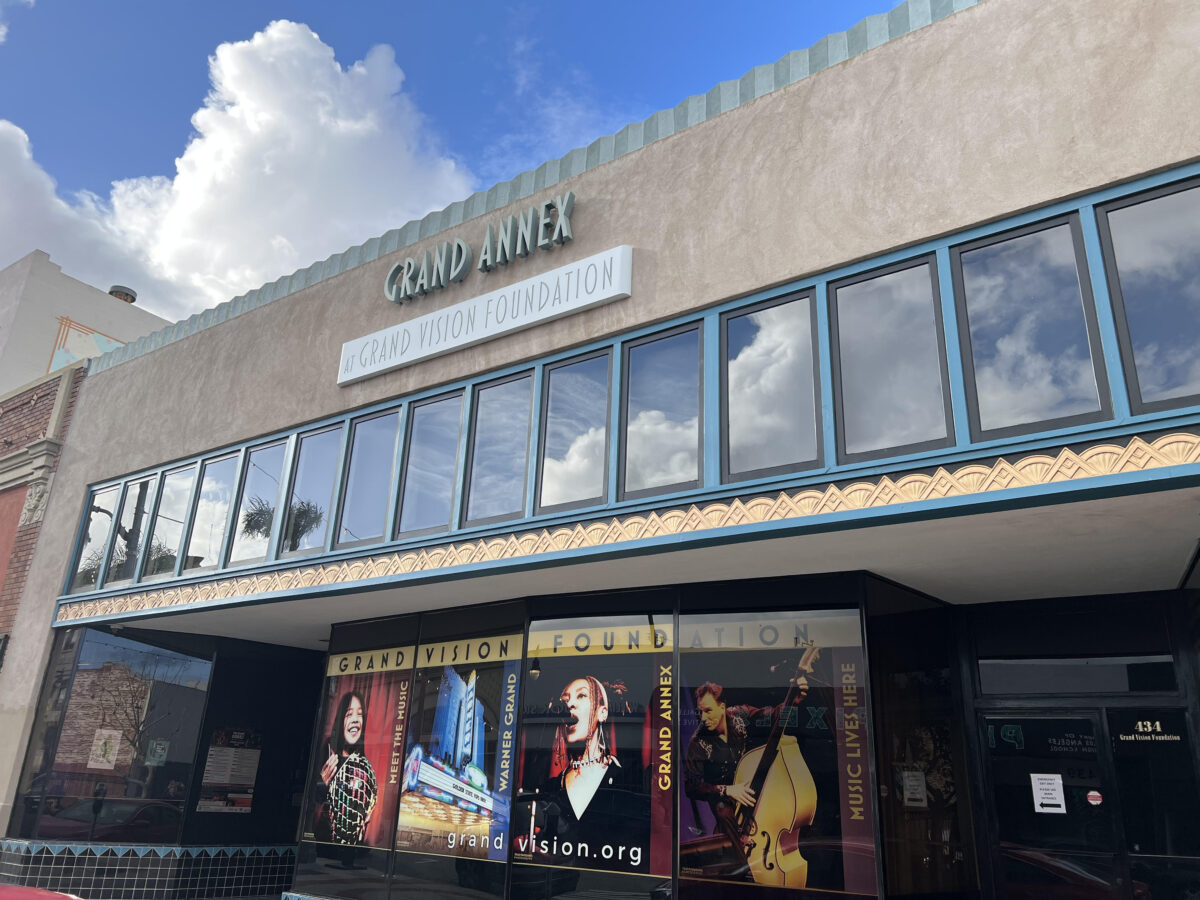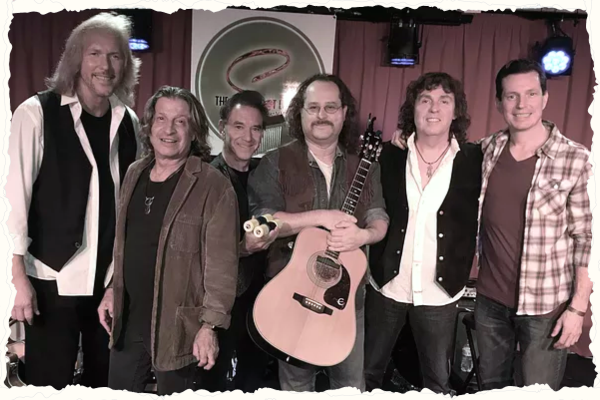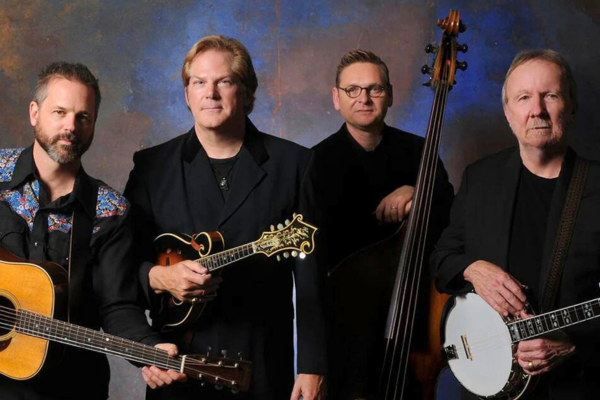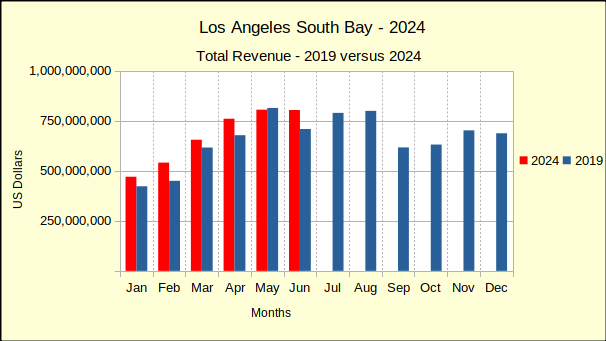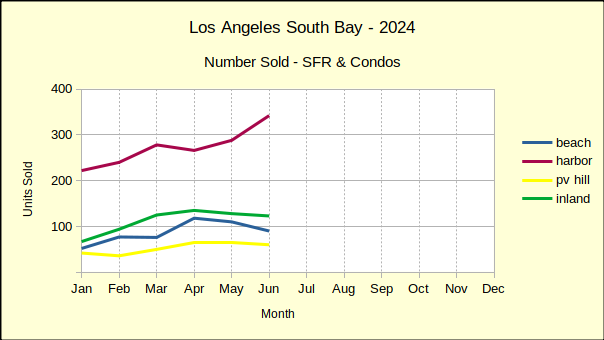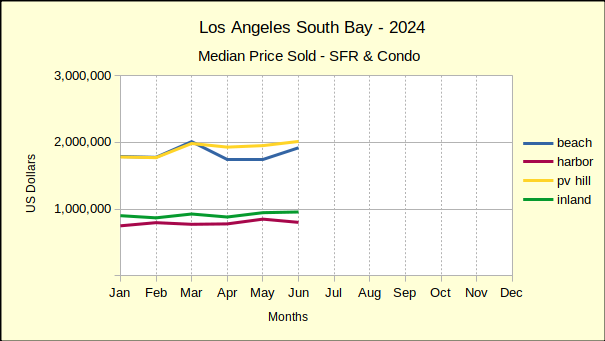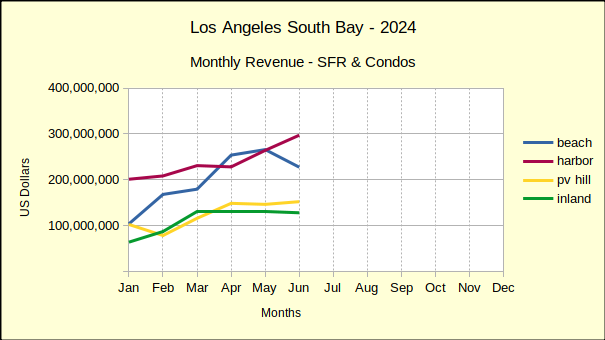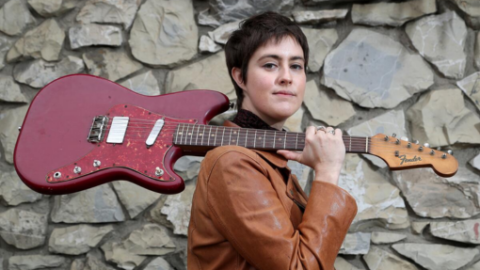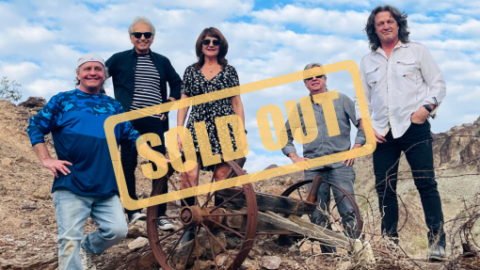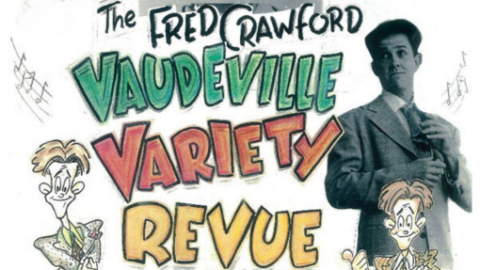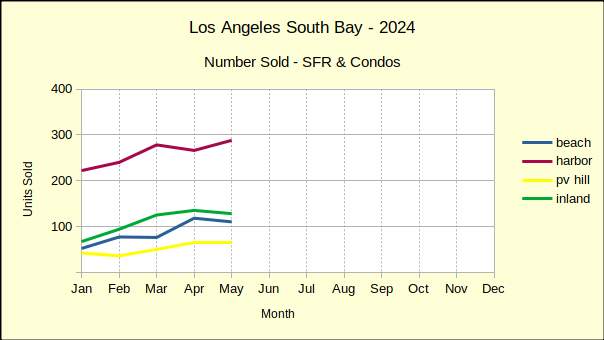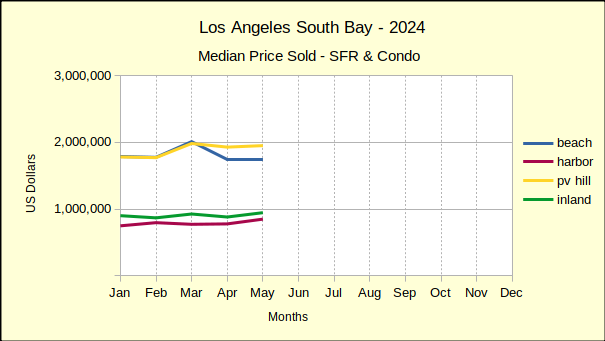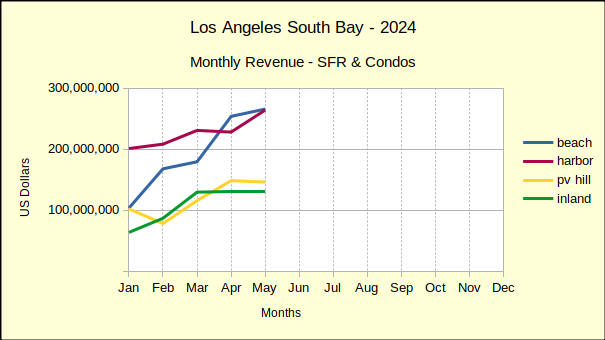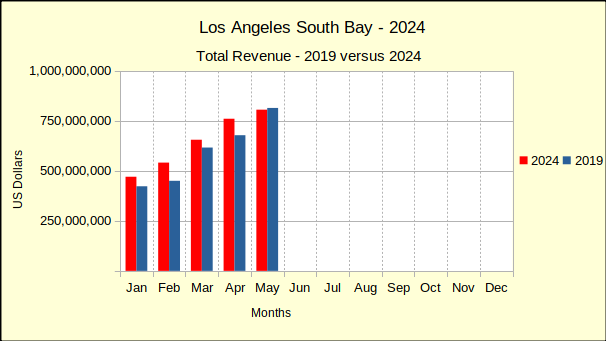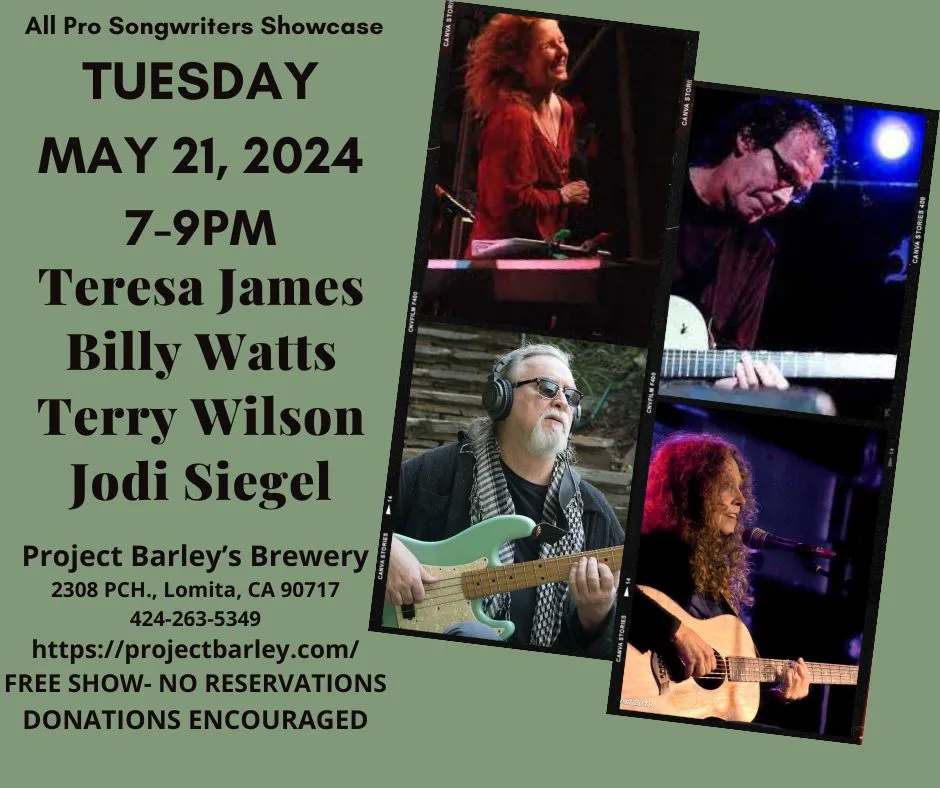PROJECT BARLEY BREWERY, 2308 Pacific Coast Hwy, , Lomita CA 90717
Tue, Jul 16 @ 7:00PM — 9:00PM
This is a once a month (every third Tuesday) show that is designed as a listening room for world class songwriters, many with hit songs, long touring/recording associations with music legends ETC… to play their original music in an intimate setting. NO COVER BUT DONATIONS ARE STRONGLY ENCOURED AND GO TO THE SONGWRITERS. Project Barley serves excellent Food (Gourmet Pizza, wings, sandwiches, salads), wine, and award winning beer. Food served till 8:30pm. No reservations so arrive early to get a table. This month we are proud to present: RICK SHEA, TONY GILKYSON, BRIAN WHELAN
RICK SHEA
Longtime Southern California singer-songwriter Rick Shea got his early musical education in the bars and honky-tonks of San Bernardino where he grew up. With ten critically acclaimed albums, he’s performed all over Southern California, the West Coast, the US and in Europe, and built a solid career for himself as a solo artist, singer, guitarist and songwriter. Shea’s songs reflect the folk, country, rock and Mexican influences he grew up with. “Songs tell our stories and our history and songs were how those stories were shared in the past, I like to continue that tradition.”
60 miles east of Los Angeles where the urban sprawl starts to thin out and the desert starts to take over sits the old railroad town of San Bernardino. Shea says, “Growing up there were a dozen or more honky-tonks and truck stop bars on the outskirts. They were kind tough places but as a sideman and singer I could work 6 – 7 nights a week. That’s where I first heard a lot of those old songs – Merle Haggard, Lefty Frizzell and Buck Owens – every night.”
Shea’s recently released album Love & Desperation has gained a lot of praise as have his earlier albums. He is a deeply evocative singer and a formidable guitarist who doubles on steel guitar and mandolin. On his songwriting influences Shea says, “When I was younger Merle Haggard cast a long shadow, but since then Dave Alvin, Jim Ringer and a lot of other music has found its way in.”
If your tastes run toward hard working, literate, back 40 folkies like Tom Russell, Chuck Pyle, Jimmie Dale Gilmore and others like that, Shea is sure to be another that you’re going to dig. With a very personal edge to his writing and singing, this is classic folkie/troubadour stuff that cuts right to the chase and delivers moves that others can only turn into clichés. Check it out, it’s the real deal. – Chris Spector MIDWEST RECORD
A hauntingly nostalgic vocalist, imperative guitarist and literate, detail-rich songwriter, do yourself a favor. – Gary von Tersch, Sing Out
TONY GILKYSON
Born in Hollywood and raised in an environment of musicians, songwriter–guitarist Tony Gilkyson originally started recording as a boy with his father, Terry Gilkyson, a composer for Walt Disney and a prominent folksinger/songwriter in his own right. Artists he has played and recorded with include Lone Justice, John Coinman, Jake LaBotz, Ray Wiley Hubbard, Bob Neuwirth, Sam Phillips, Duke McVinnie, Jimmie Dale Gilmore, Peter Rowan, Larry Hosford, Rick Shea, Dave Alvin, Kip Boardman, Alice Cooper, Bob Dylan, Kris Kristofferson, K.D. Lang, Mark Olsen, Shane MacGowan, Ramsey Midwood, Mike Stinson, The Spoolies, Randy Weeks and Kathleen Wilhoite. He has produced recordings for sister Eliza Gilkyson and Dances with Wolves author and poet Michael Blake. With Tom Waits, he co-produced Chuck E. Weiss’s albums Extremely Cool and Old Souls & Wolf Tickets. In 2003 he produced the acclaimed Country for True Lovers by Eleni Mandell. He also has played guitar on numerous film sound tracks including the Johnny Cash biopic Walk the Line, as well as The Big Lebowski, Don’t Come Knockin’ and All the King’ s Men, with producer T Bone Burnett.
BRIAN WHELAN
There’s nothing wrong with Americana. Brian Whelan’s refrain on the opening track of Sugarland immediately lets you know what the singer, songwriter, producer, sideman, and all-around utility savant is all about. The song is cheeky, fast, and pulls no punches. There’s plenty of façade in Whelan’s Los Angeles, but that’s not what he’s here for. He’s here for the tunes.
If you’re a frequenter of the Cinema Bar in Culver City, no doubt you know the name Brian Whelan. As a young musician with half a boot still in USC’s music program, Whelan found the bar, found his people, and found his scene. Further down the line, you’ve come across him shredding GOE Sundays at The Echo in Echo Park, singing originals that gets the packed room dancing as much as the covers he slays.
But the name was really made playing with country, rock, and Americana stars, such as Houston’s own Mike Stinson, Nashville roots godfather Jim Lauderdale, and Los Angeles rocker Chris Shiflett. Whelan put his unmistakable mark on the national scene as the prolific sideman behind urban cowboy Dwight Yoakam, playing guitar, keys, pedal steel, and anything else that was required or requested. From budding fan to established keystone, Whelan is now at the center of that Los Angeles Americana scene he discovered years ago.
Perhaps the most interesting quality in Whelan is the one not hidden, but bleeding through every second of the 33-minute Sugarland: earnestness. It’s a trait Los Angeles is bereft of; a town that wrings the optimism out of every heartland kid with an eye on the screen or a guitar in the trunk of that car that carried them west. The driving guitar riffs, the soaring vocals, and the love-fueled lyrics that define Whelan’s solo songwriting endeavors aren’t contrived; they don’t come from a flavor of the week proclamation on pitchfork or the current Coachella lineup. Brian Whelan can do a lot of things, but there are two things he won’t do – boring and bullshit.
JODI SIEGEL
Jodi Siegel, originally from Chicago, IL, is a singer, songwriter and guitarist. Over the years Jodi has opened for and or shared the stage with many respected musicians including: Albert King, Robben Ford, Robert Cray, J.D. Souther, David Lindley, Fred Tacket and Paul Barrere (Little Feat) and countless others. Her songs have been recorded by Maria Muldaur, Marcia Ball, Tommy Ridgley and Teresa James.
She has recorded two CD’S; Stepping Stone and her latest CD, “Wild Hearts,” produced by Steve Postell (Immediate Family, David Crosby, Eric Johnson, Robben Ford, Iain Matthews), is filled with great songs, cool grooves, intimate, smart lyrics and some of the best of the best musicians in Los Angeles today including; Mike Finnigan (organ, piano), Hutch Hutchinson, Abe Laborial Sr., Alphonso Johnson (bass), Russ Kunkel, Michael Jerome Moore, John Ferraro, Arno Lucas (drums, percussion), Joe Sublett (Saxophone) and Maxayne Lewis and Clydene Jackson (background vocals). Each song has a soulful delivery with an undeniable down-home elegance. It has received great reviews by Patrick Simmons (Doobie Brothers), Maria Muldaur, Walter Trout, David Mansfield (T Bone Burnett), Leland Sklar, Mike Finnigan and Doug Macleod to name a few.





